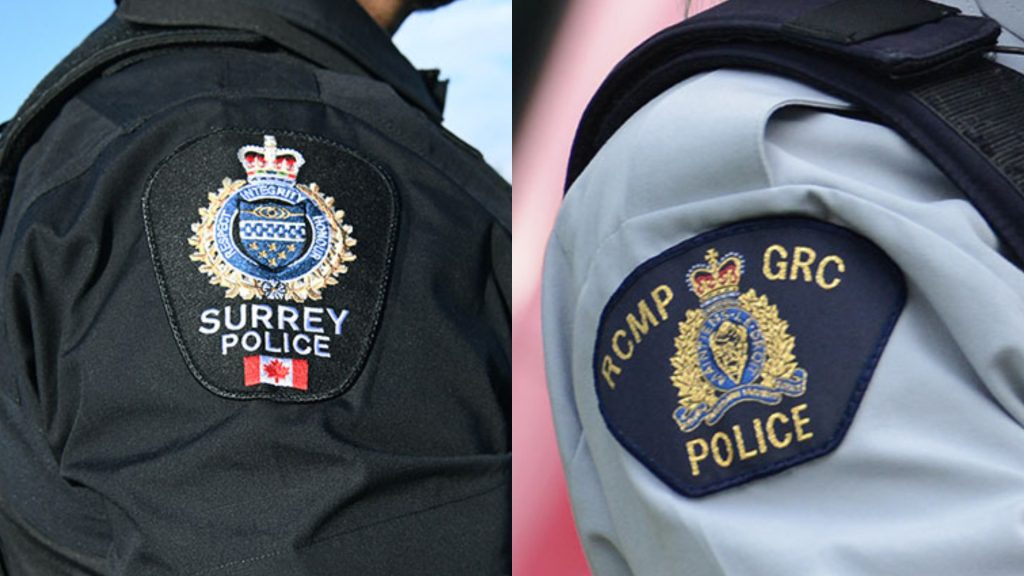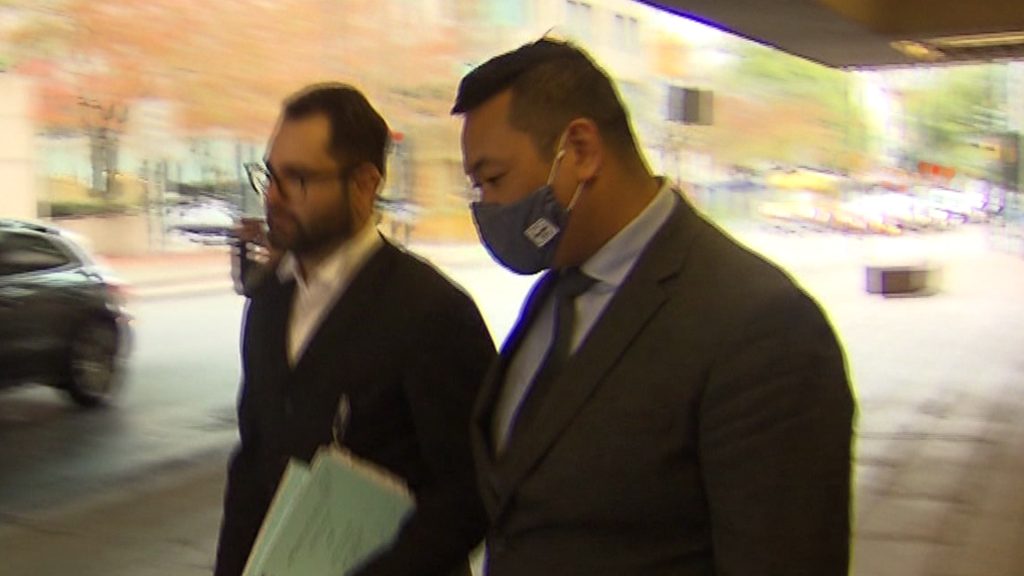Number 3 in NEWS 1130’s Top 10 of 2016
Posted December 28, 2016 9:54 am.
This article is more than 5 years old.
VICTORIA (NEWS 1130) – This was the year where more people were killed by a drug overdose in BC than car crashes. BC’s public health emergency declared over the opioid overdose crisis comes in at number three on our list of the Top 10 stories of 2016.
It’s hard to believe there will be more people dying of an overdose this year than last. About 500 people lost their lives by overdosing in 2015, but that’s where we are, on track to approach 800 deaths by year’s end.
Public health experts point the finger at the powerful opioid fentanyl. This is no longer a problem just on Vancouver’s Downtown Eastside, although that area has been hard hit. Powerful opioids are being found in all sorts of types of drugs, including what look like prescription pills and cocaine. Overdose victims can be anyone, even those who experiment on the weekends. All it takes to kill you is one dose.
The burden has fallen on first responders, who attend call after call to administer the antidote naloxone. Vancouver Fire Chief John McKearney says it has pushed his firefighters to the brink. “It’s very disheartening. It’s very devastating. It’s troubling for first responders, not just firefighters. For paramedics, for police and obviously for the community care workers down there that are seeing the same people time and time again in overdose crisis.”
The Vancouver Fire Department has tried to alleviate some of the pressure on Fire Hall 2, which handles the Downtown Eastside. That fire hall responded to 1255 overdose calls in November. This means firefighters returning from an overdose call are often sent right back out to another one. Chief McKearney says they’ve started rotating firefighters out of there every 10 months to hopefully stave off burn out.
This has also been the year governments of all levels took drastic measures to do something about it. In April, the province declared the situation a public health emergency, opening the door for expedited research and funding. The antidote naloxone is now available over the counter at most pharmacies. A task force has been established and more funding has been flowing to emergency health services and there are plans for more treatment beds.
BC’s Chief Medical Health Officer Dr. Perry Kendall thought progress was being made. “We were seeing what I thought was a plateauing from the time that we announced the public health emergency and started expanding our access to naloxone and other services. We were seeing somewhat of a plateauing and a lowering I thought. I was cautiously optimistic up until October and then the numbers started climbing again in October.”
He adds the emergence of fentanyl’s stronger cousin, the elephant tranquillizer carfentanil, may be to blame. “We are seeing people overdosing and it takes a hell of a lot more naloxone to reverse the overdose. Normally with heroin, we were looking at one ampoule to reverse an overdose, maybe two. With fentanyl, we were having to use two or three ampoules. Now we’re seeing people who are requiring eight, up to eight ampoules to reverse the overdose. Something else is going on here.”
The crisis seems to have the attention of lawmakers now. The BC government has pushed ahead, opening more supervised consumption sites without approval from Health Canada. At the same time, the federal government is repealing Conservative legislation which has made it nearly impossible to open sites at the pace the crisis has warranted. The City of Vancouver approved a 0.5 per cent property tax increase to fill a contingency fund for first responders.
There has been a lot of criticism from all sides on how each level of government is managing, whether harm reduction is better than treatment.
The BC government has been accused of not providing enough funding, while the federal government is blamed for moving to slow. What’s clear to all stakeholders involved is there’s no singular answer to this problem which shows no signs of going away.










